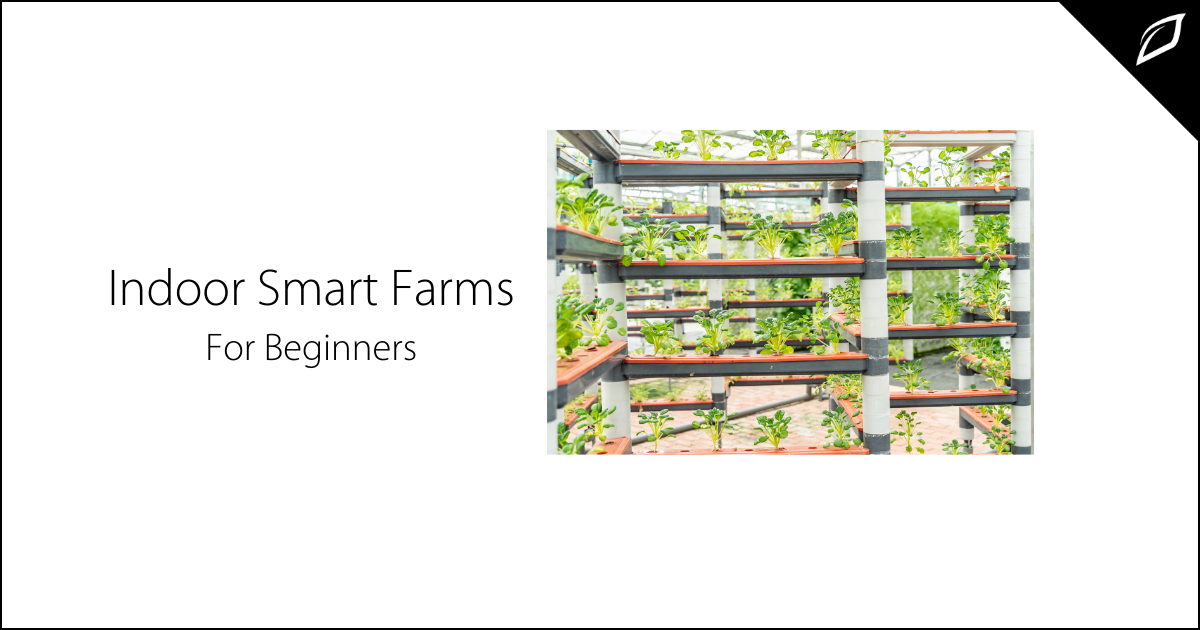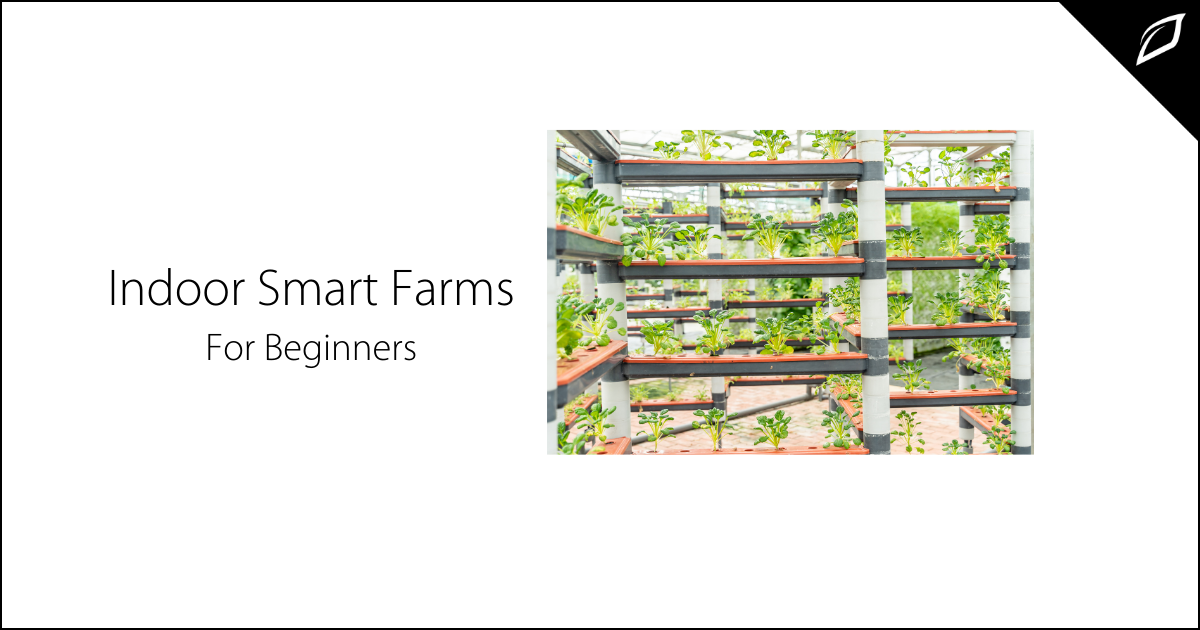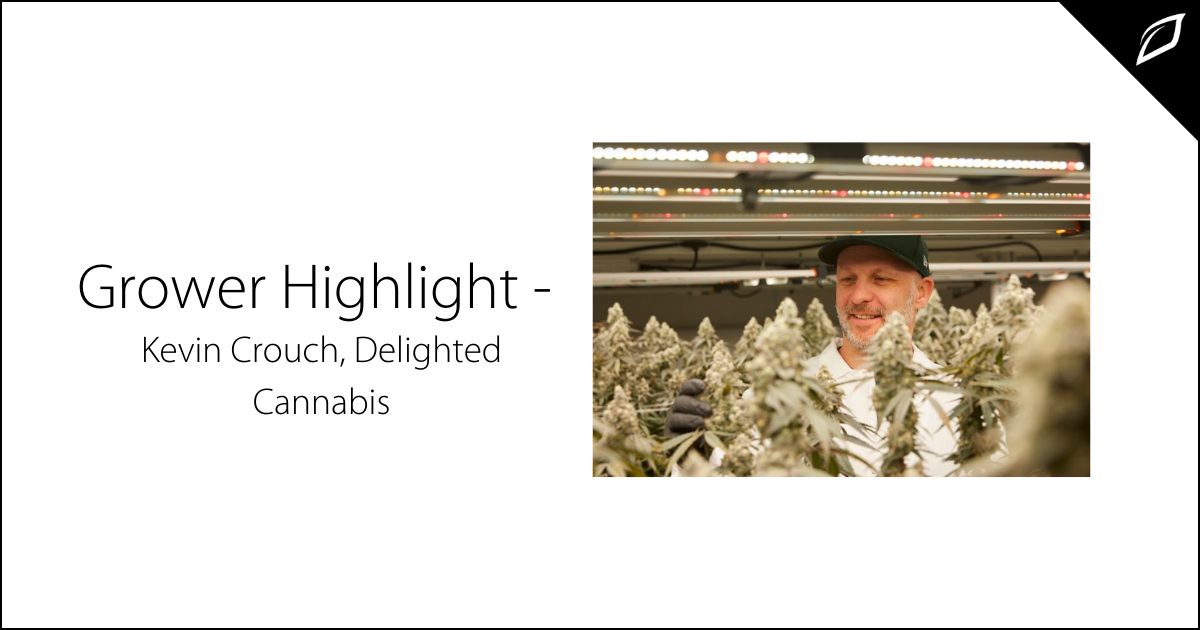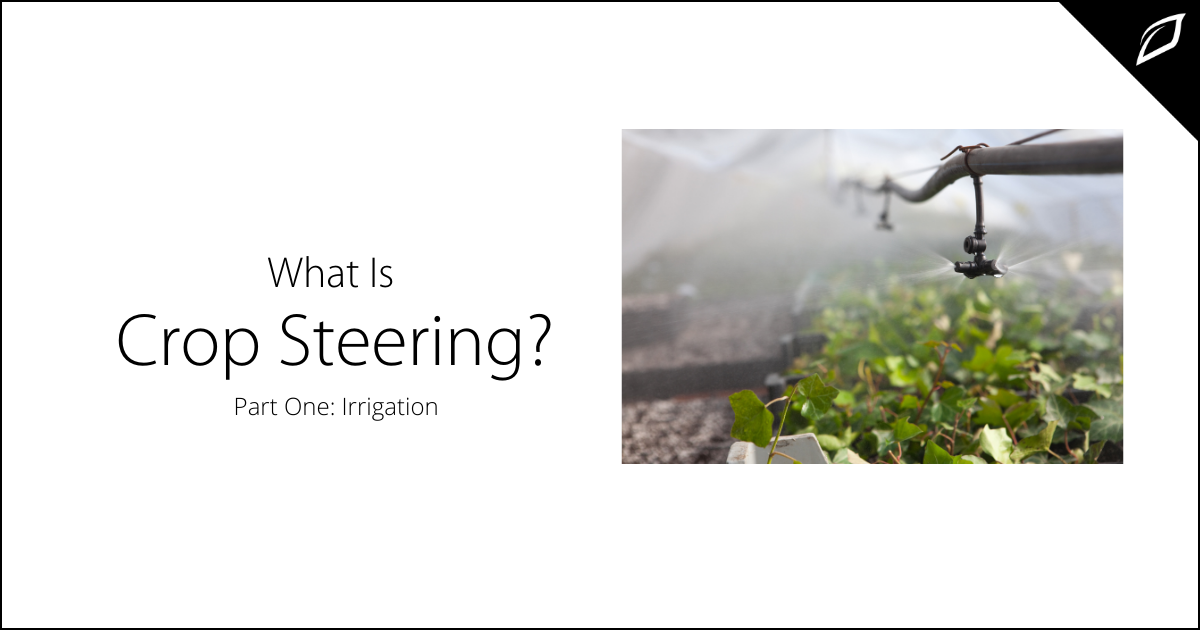Vendor Highlight - H. E. Anderson Company
What started as a man tinkering on innovations in his garage in the 1950s turned into a quality company with a profound past and an extremely bright...
2 min read
Joy King : Apr 14, 2021 4:00:00 AM

The Internet of Things (IoT) is changing every aspect of our life, from home automation, logistics and automotive, to industrial IoT. And it doesn't stop there; agricultural technology has made significant advances in the last 20 years, and it's changing how we grow food, and IoT is a big part of it. Smart farms are an emerging agricultural phenomenon that promises to improve yields and save money on resources and labor. Let's see what all the hype is about.
What is an indoor smart farm?
Farming has undergone massive technological transformations, making it possible to take crop farming indoors. While greenhouses moved crops closer to the safety of indoors, most innovative indoor smart farms operate in large commercial spaces where it's possible to control every aspect of the growing environment. Along with automation technology, growers can now create mini biospheres and grow thriving plants with maximum yields. Bottom line, smart motor controllers, sensors, fertigation, crop steering software; are all different tools available to growers who want to give their grow operation an upgrade to smart farm status.
Benefits of an indoor smart farm?
Moving crops indoors has many advantages over farming outside: harsh weather conditions, animals and pests, unpredictable drought, or downpours. There are so many things that can go wrong outdoors. Let's examine the main reasons some farmers are moving crops inside.
Year-round harvesting - Managing every aspect of environmental conditions means you can mimic mother nature's cycles and create multiple harvests in a year, depending on crops. Strawberries and cannabis have relatively quick harvest cycles, making them ideal candidates for indoor smart grow operations.
Reduced labor & resource costs - An agricultural pain point, labor and resources are a huge financial burden on farms. Current technology allows you to automate many labor-intensive tasks like watering, fertilizing, opening vents or shades, etc. Precision fertigation combines watering with fertilizing, reducing wasted resources.
No pesticides required - Maintaining a wholly controlled environment means you can keep pests at bay. Sealing doors and windows keep them out, along with utilizing Rockwool or hydroponics to avoid soil. (Soil is typically responsible for bringing in the eggs of pests.)
What are the disadvantages of an indoor smart farm?
Smart farms can be costly to set up. But it pays off eventually in more robust plants, and larger, more predictable yields, and labor and resource savings. You'll still need to contend with things like mold or mildew, but as long as you stay on top of your automation, you'll avoid costly damage.
Final thoughts
Consumer demand for agriculture products contributed to the increased expansion of smart farming technologies. In 2020, the market for IoT in agriculture topped $5.5 billion. When you're ready to invest in smart farm technology, be sure to hire a company with 24/7 customer support. These systems require complex installation processes, so working with a company that supports you during commissioning will provide the best opportunity for success.


What started as a man tinkering on innovations in his garage in the 1950s turned into a quality company with a profound past and an extremely bright...

While conducting wildlife studies and completing a 15-year tenure conducting environmental compliance for the oil and gas industry, Kevin Crouch...

Conversations around the idea of crop steering to increase yields, save resources, and boost terpenes and aromas have increased in the last few years...